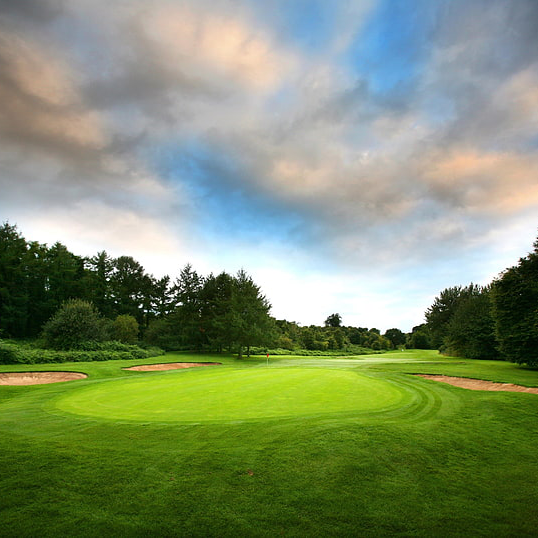Have you ever played golf? When doing this sport, you will find a stretch of green grass that is visible as far as the eye can see. In fact, the grassy field looks like a green carpet because it is so neat. How can that be, huh?
You need to know, the course is one important component in golf. The field must be treated properly so that the grass does not die. In fact, there is one area where more golf is played that requires extra care.
1. Trimming
You need to know, the golf course is divided into three areas, namely the teebox, fairway, and green. Well, in this green area, about 75 percent of golf games take place. Therefore, this section gets priority in terms of maintenance, one of which is pruning.
Golf grass, like Bermuda grass, can grow thickly. The length needs to be considered so that the speed of the ball remains smooth. Ideally, the height of the grass is set to 2.5 mm.
However, each golf course area has a different grass height, guys. Usually, the grass in the green area is the shortest, followed by the teebox and fairway.
If so, how do you cut it? Manuals, eh? Certainly not, please. Golf lawn mowing is done with a special mower so that it is faster and the grass is trimmed evenly.
2. Watering
The next way to care for golf grass is watering. This process is assisted by a sprinkler flush which automatically sprays water. In one round, the tool flushes the field for approximately 3.5 minutes.
Watering is usually done at night. This is so as not to disturb visitors and workers. In addition, the frequency of watering itself depends on the season.
During the dry season, the sprinkler sprays water 4 times a day. If it is still not enough, the grass will be watered manually using hand watering. However, make sure not to let water pool in the field.
As mentioned in the previous section, golf grass requires very little water. If too much water is received, the grass has the potential to rot. So, it’s okay if the field is a little dry, as long as it’s not muddy or waterlogged.
3. Fertilization
Not only food crops or plantation commodities, golf grass also needs to be fertilized so that it thrives. However, fertilization should not be arbitrary.
The application of fertilizer for golf grass depends on the type and condition of the grass, season, field area, and budget. For example, based on location, green areas are generally fertilized once a month, while other locations are fertilized once every 2-3 months.
If based on the season, there is a complete fertilizer of slow-degrading nitrogen and a wetting agent to keep the grass moist and not hydrophobic. In addition, there are other types of fertilizers that are no less useful, such as
microza biological fertilizer, to optimize the fertilization process, from increasing the percentage of grass cover to efficient absorption; and
essential fertilizer plus, to prevent the grass from experiencing stress.
Most importantly, make sure the fertilizer is complete with macro and micro nutrients. This is because these substances help the grass stay healthy.
For example, the silica in fertilizers helps to harden the grass so that the ball rolls smoothly. In addition, there is also nitrogen which can strengthen the formation of leaf cells.
Source : idntimes.com


